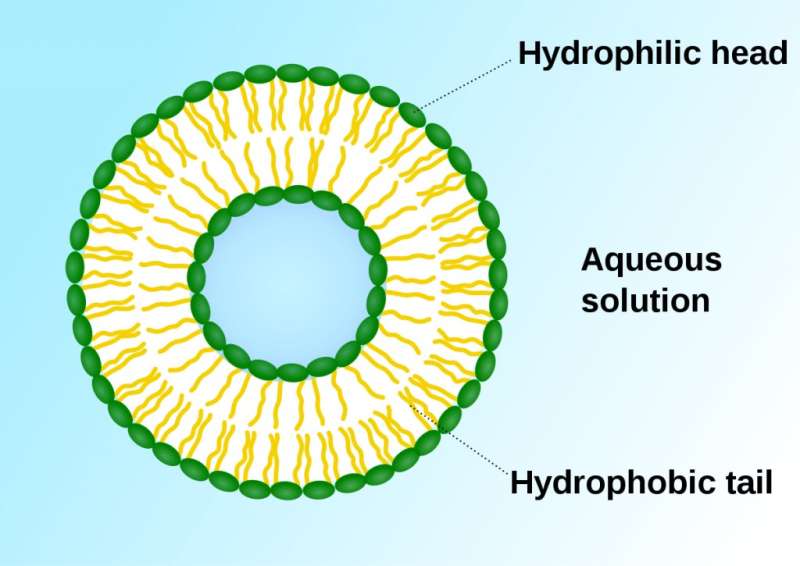Tiny bubbles of bacterial mischief

Margarethe (Meta) Kuehn studies vesicles—little bubbles that bud off bacterial membranes. All sorts of things may be tightly packed into these bubbles: viruses, antigens, and information a bacterium will need to make cells vulnerable to infection.
But why do bacteria produce these small membrane vesicles in the first place? Why not spread out to nearby cells themselves?
"The short answer is that we don't know yet," explains Kuehn, an associate professor of biochemistry at Duke. "But we speculate that it is due to their small size. These vesicles, which serve as delivery 'bombs,' can pass through pores that are too small for bacteria to fit through."
Originally a chemistry major, Kuehn always had an interest in biochemistry. As an undergraduate, she worked in protein purification and then in the infectious disease division of a children's hospital. There, she learned about pathogenic bacteria and how they secrete proteins to give themselves access to host cells.
Kuehn's lab studies the mysterious world of bacterial vesicle production,focusing on the genetic, biochemical, and functional features of vesicles. So far, they have identified specific proteins and genes involved in the vesiculation process.
With a fine filter, they showed that vesicles can fit through holes to reach mammalian cells where a bacterium cannot.
Kuehn wonders why the bacteria don't just use soluble proteins, which are even smaller than vesicles. They must have some reason for preferring the cell's vesicles. Currently, they believe that vesicles can serve as nice packages—a whole bolus of information delivered together.
Not only will this new insight into extracellular vesicles of gram-negative bacteria aid in identifying new medicines, vesicles are also being used for vaccine delivery.
"They are really good antigen vehicles," reveals Kuehn, "The more we know how they are made, the better we can design effective vaccines for humans."
According to Kuehn, the amazing part about studying these pathogens is that, "You are never done. You never know it all. Every single pathogen, they each do things differently." What keeps Kuehn going, she explains, is that the search never ends.
"There is never really a defined end point; you have to come to grips with the fact that you will never know that whole answer."
Provided by Duke University



















